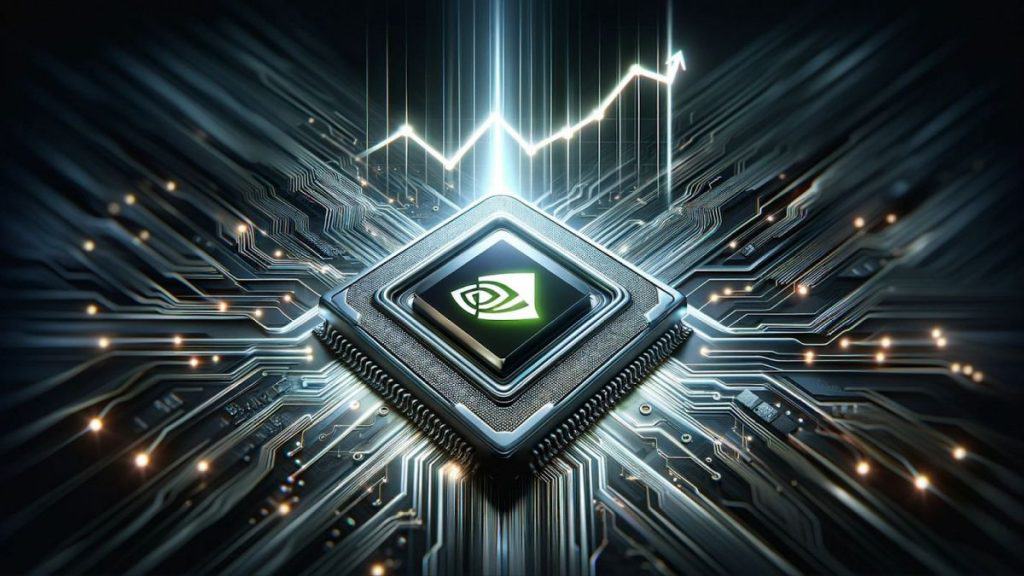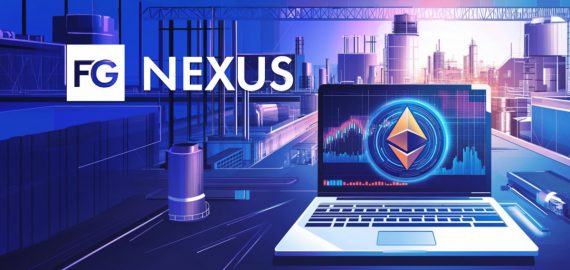Nvidia Launches H200 GPU to Ease Generative AI Processing Workloads


In Brief
Nvidia recently revealed its latest graphics processing unit (GPU) H200, specifically engineered to ease generative AI processing workloads.

Chip conglomerate Nvidia recently revealed its latest graphics processing unit (GPU) H200, specifically engineered to streamline artificial intelligence (AI) processing workloads. After the launch, Nvidia’s stocks witnessed a 0.6% increase, signaling the tech industry’s notable interest in the company’s advancements in AI hardware technology.
The H200 boasts the inclusion of HBM3e, a faster and larger memory configuration. The technical upgrade aims to position the new GPU as a frontrunner in pushing the boundaries of AI capabilities. An upgrade from its predecessor H100, the H200 is expected to be available in the second quarter of 2024, ensuring compatibility with existing Nvidia technology for a smoother transition.
Designed to accelerate generative AI and large language model processing, Nvidia aims to address the growing global demand for AI capabilities.
Nvidia’s Global Collaborations and Superchip Integration
The H200 has already garnered global attention, featuring prominently in Nvidia’s GH200 Grace Hopper Superchip. The GPU is powering over 40 AI supercomputers globally and will be integrated by industry leaders such as Dell and Lenovo.
In collaboration with Hewlett Packard Enterprise, Nvidia is working on a supercomputing solution aimed to accelerate generative AI training.
Powered by the Grace Hopper GH200 Superchips, the solution promises to enhance training speeds significantly and is expected to be available in December 2023.
Industry Impact and Future Developments
As Nvidia approaches its scheduled earnings report on November 21, analysts from Bank of America, pointed to the potential influence of enterprise-generative AI on the company’s profitability.
The introduction of the H200, alongside other high-end AI products slated for release in 2024 and 2025, poses a substantial challenge to Nvidia’s competitors in the AI chip market. Simultaneously, it presents exciting prospects for the development of generative AI, showcasing the continuous evolution of AI processing capabilities.
As Nvidia gears up for its fiscal third-quarter results conference call on November 21, industry stakeholders are eager to gain insights into market reception and the potential trajectory of future growth. The launch of the H200 signifies not just a product launch, but a noteworthy advancement in AI processing capabilities.
Disclaimer
In line with the Trust Project guidelines, please note that the information provided on this page is not intended to be and should not be interpreted as legal, tax, investment, financial, or any other form of advice. It is important to only invest what you can afford to lose and to seek independent financial advice if you have any doubts. For further information, we suggest referring to the terms and conditions as well as the help and support pages provided by the issuer or advertiser. MetaversePost is committed to accurate, unbiased reporting, but market conditions are subject to change without notice.
About The Author
Anya is a seasoned IT writer with a passion for exploring cutting-edge topics in the tech industry, including generative AI, Web3 gamification, and large language models (LLMs). Holding a degree in interpretation, she possesses a unique blend of linguistic expertise and technical acumen. Her inquiring mind and extensive experience allow her to navigate the ever-evolving landscape of technological innovation. Anya is dedicated to uncovering insights and trends across diverse language segments of the Internet, bringing a visionary perspective to her work. Through her articles, she aims to bridge the gap between complex IT concepts and a global audience, making technology accessible and engaging for readers worldwide.
More articles

Anya is a seasoned IT writer with a passion for exploring cutting-edge topics in the tech industry, including generative AI, Web3 gamification, and large language models (LLMs). Holding a degree in interpretation, she possesses a unique blend of linguistic expertise and technical acumen. Her inquiring mind and extensive experience allow her to navigate the ever-evolving landscape of technological innovation. Anya is dedicated to uncovering insights and trends across diverse language segments of the Internet, bringing a visionary perspective to her work. Through her articles, she aims to bridge the gap between complex IT concepts and a global audience, making technology accessible and engaging for readers worldwide.

















































